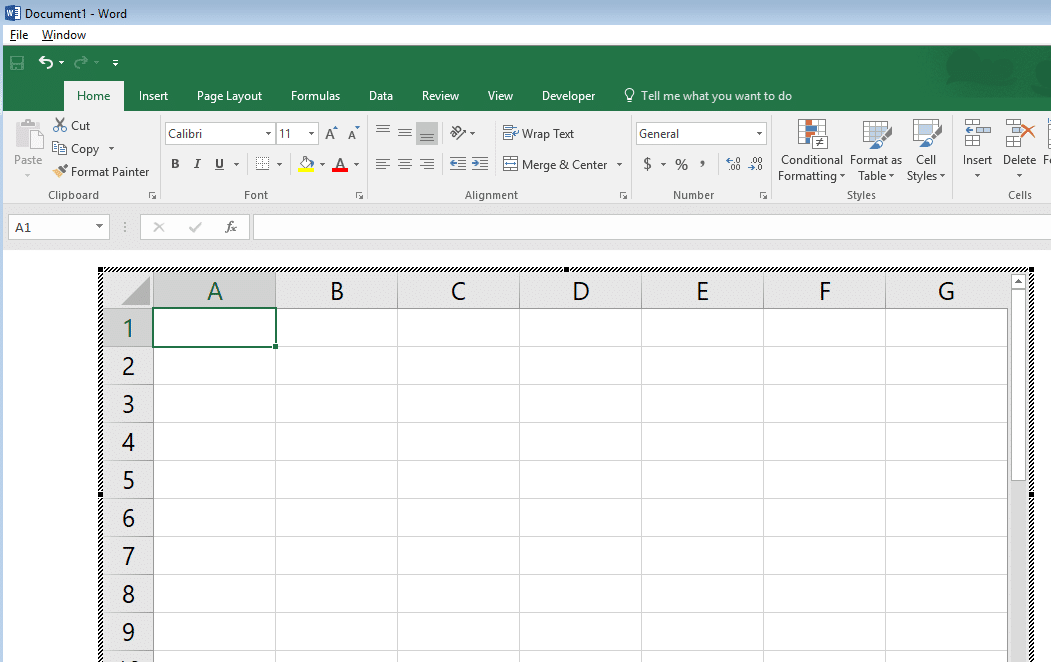Microsoft Office is the go-to software suite for many professionals and businesses around the world. From creating documents in Word to managing data in Excel, mastering the various tools in Microsoft Office can greatly increase your productivity and efficiency. In this article, we will provide you with some tips on how to become a Microsoft Office power user, specifically focusing on Word and Excel.
Mastering Microsoft Word
Microsoft Word is one of the most widely used word processing software in the world. Here are some tips to make you a pro at using Word:
1. Use Keyboard Shortcuts
Keyboard shortcuts can greatly speed up your workflow in Word. Common shortcuts like Ctrl + C for copy, Ctrl + V for paste, and Ctrl + B for bold can save you a lot of time. Take some time to learn the shortcuts and you’ll be amazed at how much faster you can work.
2. Customize Your Ribbon
The Ribbon in Word contains all the tools and commands you need to create and edit documents. You can customize the Ribbon to add your most frequently used commands for easy access. Simply right-click on the Ribbon and select “Customize the Ribbon” to make it your own.
3. Use Styles and Formatting
Styles and formatting in Word can help you create professional-looking documents with ease. Learn how to use heading styles, lists, and formatting options to make your documents stand out. The Styles pane in Word can help you apply consistent formatting throughout your document.
Mastering Microsoft Excel
Excel is a powerful spreadsheet software that is used for managing and analyzing data. Here are some tips to help you become an Excel expert:
1. Learn Formulas and Functions
Formulas and functions are the backbone of Excel. Knowing how to use functions like SUM, AVERAGE, and VLOOKUP can help you perform complex calculations and analysis in Excel. Take some time to learn the most commonly used formulas and functions to become proficient in Excel.
2. Use PivotTables
PivotTables are a powerful tool in Excel for summarizing and analyzing data. They can help you quickly create reports and visualize data in a meaningful way. Learn how to create and manipulate PivotTables to make the most of your data in Excel.
3. Utilize Data Validation
Data validation in Excel can help you control the type and format of data entered in your spreadsheets. You can set rules for data entry, create drop-down lists, and prevent errors in your data. Utilize data validation to ensure the accuracy and integrity of your data in Excel.
Conclusion
By following these tips and mastering the tools in Microsoft Office, you can become a more efficient and productive user. Whether you are creating documents in Word or managing data in Excel, knowing the ins and outs of these programs can help you excel in your work. Take the time to practice and familiarize yourself with the various features and functions of Microsoft Office, and soon you’ll be a master at using Word, Excel, and other Office applications.

